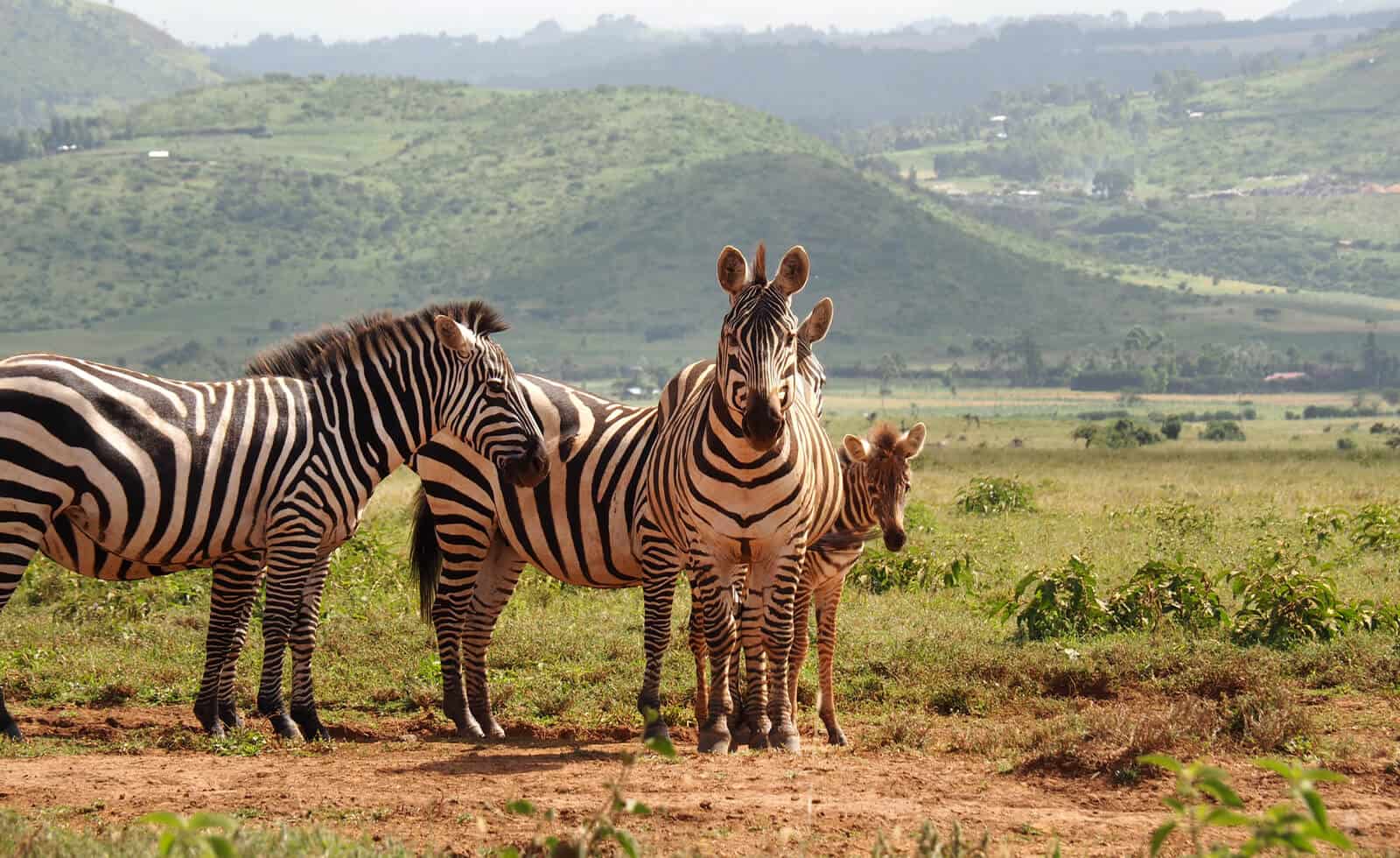Amboseli National Park belongs to the elite of Kenya’s national parks, and it’s easy to see why. Its signature attraction is the sight of hundreds of big-tusked elephants set against the backdrop of Africa’s best views of Mt Kilimanjaro (5895m). Africa’s highest peak broods over the southern boundary of the park, and while cloud cover can render the mountain’s massive bulk invisible for much of the day, you’ll be rewarded with stunning vistas when the weather clears, usually at dawn or dusk.
Apart from guaranteed elephant sightings, you’ll also see wildebeest and zebras, and you have a reasonable chance of spotting lions and hyenas. The park is also home to over 370 bird species. And with chances to delve a little deeper into the world of wildlife conservation, it all adds up to one of Kenya’s premier wildlife experiences.
Amboseli has an endless underground water supply filtered through thousands of feet of volcanic rock from Kilimanjaro’s ice cap, which funnels into two clear water springs in the heart of the park.
However, the climatic pendulum can swing from drought to flood, and in the early 1990s, ceaseless rain changed Amboseli into a swamp. A few years later, the rains failed, and the grass-covered plains turned to dust.
History of Amboseli National Park
The name “Amboseli” comes from a Maasai word meaning “salty dust”, and it is one of the best places in Africa to view large herds of elephants up close. Nature lovers can explore five different habitats here, ranging from the dried-up bed of Lake Amboseli, wetlands with sulphur springs, the savannah and woodlands. They can also visit the local Maasai community, who live around the park and experience their authentic culture.
In 1974, a little more than 10% of the reserve was established as the Amboseli National Park, with an area of 151 square miles (392 square km). Centred on Lake Amboseli, normally dry with a flat basin of alkaline soils, the park encompasses three of the original seven habitats: open plains, thornbush country, and acacia woodland. A great variety of wildlife inhabits the park. Important fauna includes baboons, lions, cheetahs, elephants, black rhinoceroses, hippopotamuses, Maasai giraffes, buffalo, oryx, wildebeests, gerenuk, impalas, and gazelles.
There are also several excellent accommodation options for you to consider. Check our recommended list here.
Safari Experiences at Amboseli
Elephants and views of Mt. Kilimanjaro are the two main attractions of Amboseli. Mt. Kilimanjaro is Africa’s highest mountain; however, it is incredible how sometimes it hides itself well.




